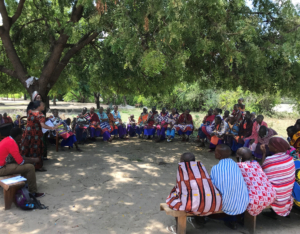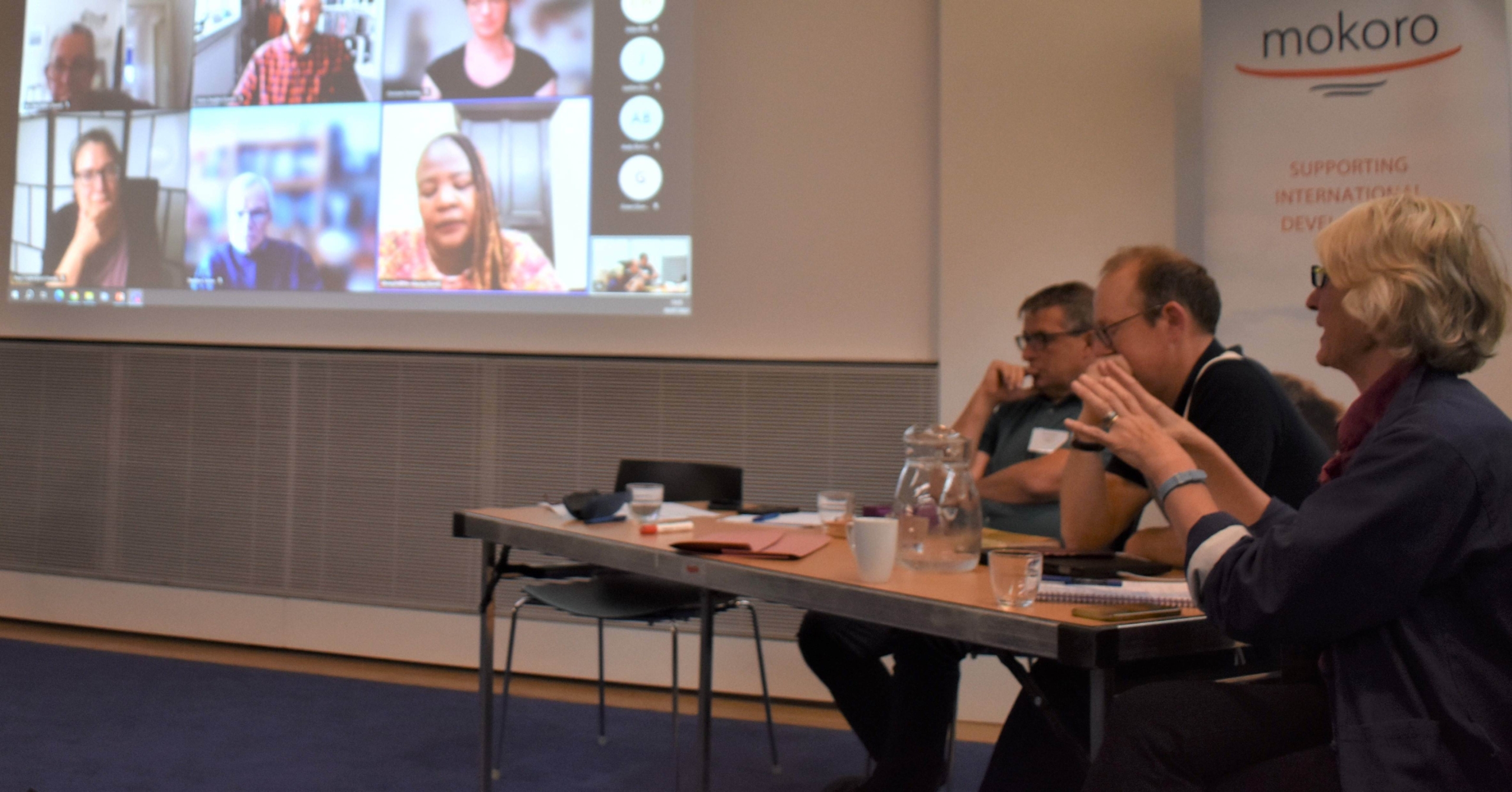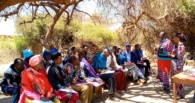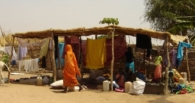To secure equal rights to land, bring men and women together
Elizabeth Daley
13 July 2021
/
- 0 Comments
There is an underlying tension in the land rights movement that is rarely addressed head on, which is the perception that securing women’s land rights threatens community land rights. Community land rights are typically held by indigenous people, small-scale and subsistence farmers, pastoralists, herders and many other groups who are directly dependent on land for their livelihoods but whose land tenure is often the most precarious.
In many countries these communities are not only vulnerable, but often deeply patriarchal, with women politically, domestically and economically weaker than men. Efforts to improve women’s land rights in these communities often meet resistance or fail to be sustained in the face of dominant social norms and customary land tenure practices.
In many years of researching and writing about land rights and gender, it has seemed increasingly likely to me that the answer to improving women’s land rights is to get men as well as women to buy into the necessary changes. After all, both women and men are inextricably connected with their communities as well as with their land.
In order to test this approach, I have been collaborating with colleagues in Tanzania and Mongolia for the past five years, working with pastoral and herding communities affected by mining. The aim of the Women’s Land Tenure Security project (known as WOLTS) was to develop a methodology to strengthen women’s land rights and improve their participation in inclusive decision-making about land by engaging women and men equally and giving them the tools to develop their own strategies together.

© WOLTS Team
The details of that methodology are now available in our latest report – Women and Community Land Rights: Investing in Local Champions. We started by selecting four communities – two in each country – and gathering detailed evidence on land governance and gender dynamics. A key aspect of our research involved validating our findings with the communities and returning repeatedly to consult them and ask their views.
The next phase was to enable the communities to take action by selecting local champions including women and men of different ages, education and income levels. Together we developed an iterative and highly interactive training programme on gender and land rights for the champions, who have eventually emerged as leaders in their communities and mentors to others.
The results speak for themselves. In a relatively short time frame of five years, the WOLTS project has delivered an almost 50% increase in overall knowledge of relevant land and gender laws across all four communities, seen more women standing for office and being elected to positions of influence, and importantly, has led to men supporting women in these roles. The project has also delivered benefits that were completely unanticipated, including far greater awareness of gender-based violence, more equal division of domestic chores and childcare, and greater economic empowerment of women.
These changes were particularly pronounced in Tanzania where we worked with two Maasai communities. Among the champions, knowledge of relevant laws shot up 73%, increased numbers of men and women sought more formal rights to land, and, in a small but significant social change, women began to sit on chairs at meetings and speak up to express their interests and views. Previously, women had stood to the side or sat on the ground in public meetings. As one woman said to us after the training sessions, “there is not [now] any woman who gives away her chair unless she decides herself to give it to an elderly man or woman.”
In Mongolia, the gender and land champions have successfully compelled mining companies to clean up their land and seen off others from digging up their land altogether. After we left, one man took it upon himself to republish information posters on domestic violence in large format, as he had noticed women’s reluctance to go up to smaller posters for fear of being seen. As in Tanzania, more women are speaking up in public fora and also standing for local leadership positions. We also identified a significant cohort of vulnerable men in Mongolia’s herder communities who have missed out on education and live alone in remote areas, less able to defend their rights to pastureland from outside investors.
What our experience shows is that there is no shortage of potential leaders, nor is there inherent resistance to change in these communities. What these men and women need is knowledge of law, including on gender and women’s rights, space to debate and learn together, and the confidence and practice to become champions for equitable land governance. Already, neighbouring communities in Tanzania are asking champions to work with them, and in Mongolia our model of participation and gender equality has been incorporated into national guidelines on land use planning.
It is of course ironic that a project on women’s land tenure security has concluded that focusing on women alone is not the way to deliver lasting change. However this is just another example of the deeply entrenched habits of the wider land sector, which usually treats gender issues and women’s land rights as an add-on or separate subject.
We’ll only secure land rights for vulnerable communities by bringing men and women together. It’s time to break out of the women’s land rights silo. Women’s land rights are people’s land rights. And land rights are as mainstream as climate change or poverty – in fact totally integral to addressing them both. When men and women unite on land rights everyone wins.

© WOLTS Team
Dr. Elizabeth Daley is Team Leader of the global WOLTS project and a Principal Consultant with MokoroLtd, a UK-based not-for-profit organisation; she also serves independently as a Board Member of the Land Portal Foundation.
This article has been simultaneously published on the Land Portal.



